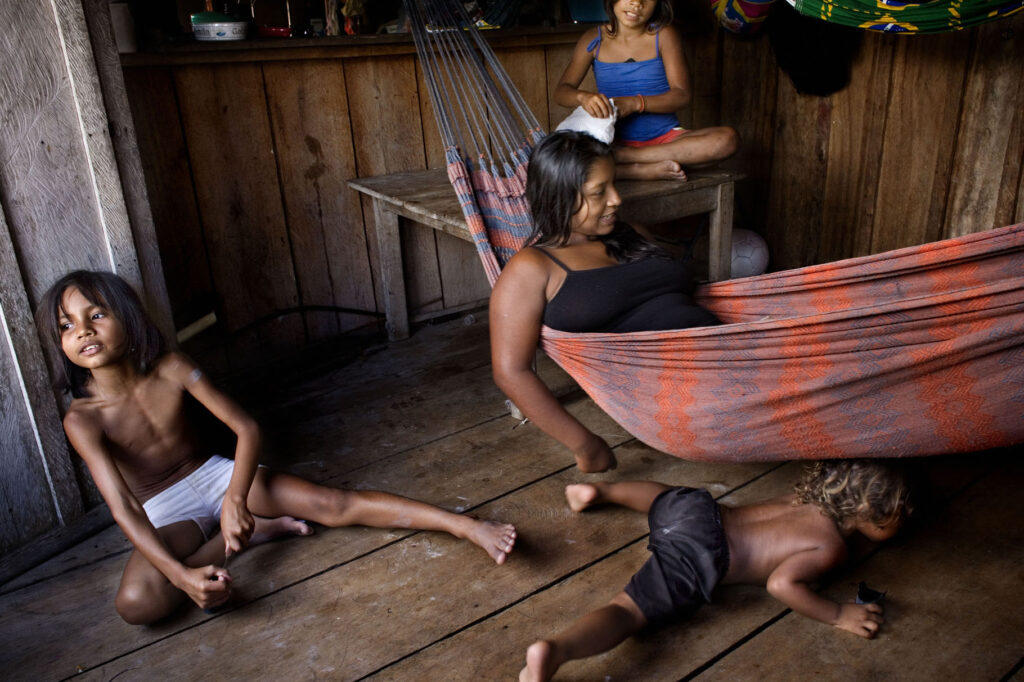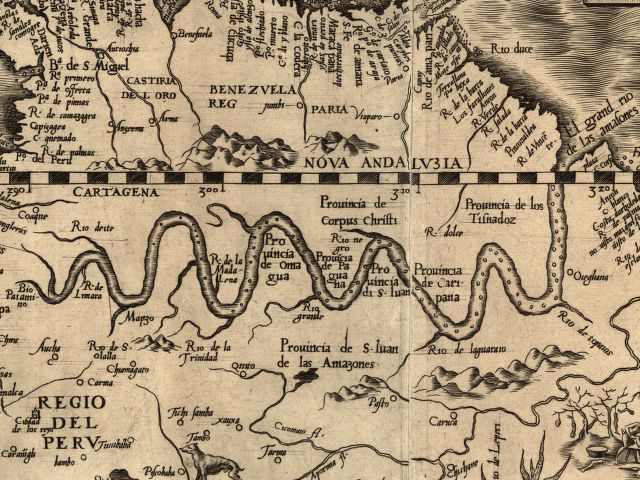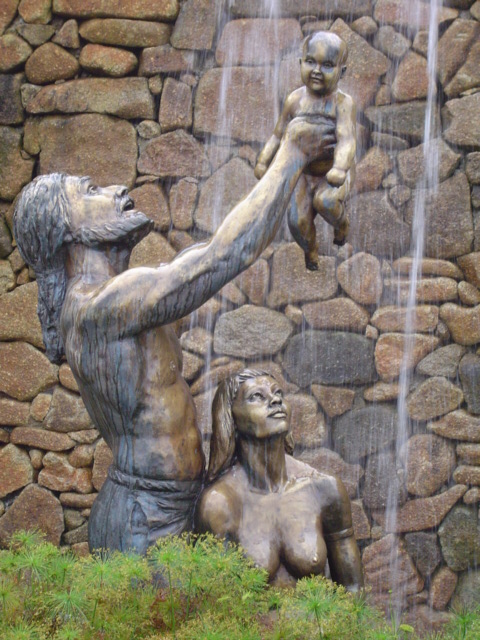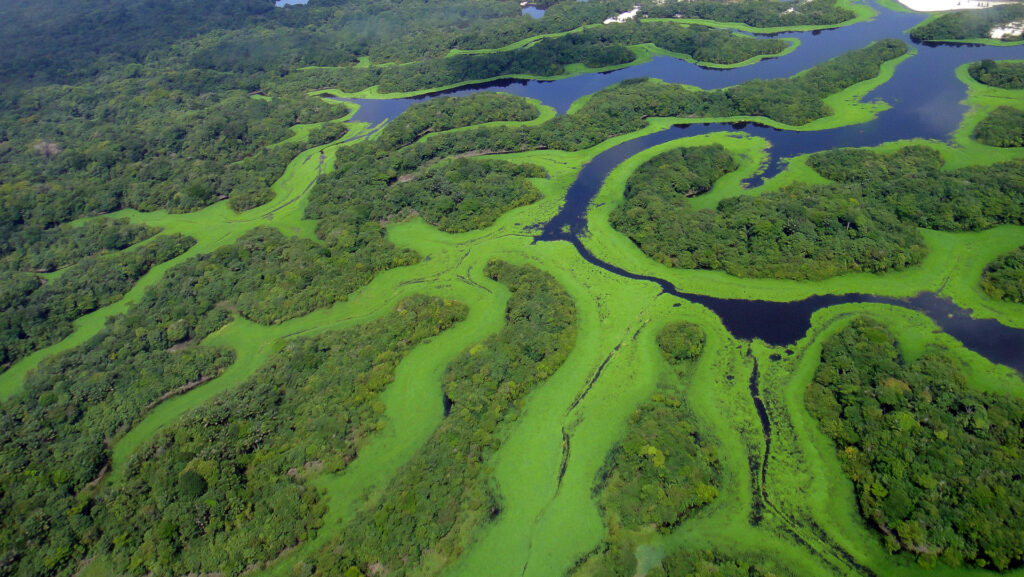The state of Amazonas is often synonymous with dense rainforests and sprawling rivers, but its most enduring feature is its people—particularly the caboclos, a group that epitomizes cultural blending in Brazil’s Amazon region. The caboclo identity arose from the intermingling of Indigenous peoples, Portuguese colonizers, and African descendants, creating a unique cultural tapestry that defines the heart of Amazonas. Far from being a relic of the past, this identity continues to shape the region’s social, cultural, and economic fabric.
Who Are the Caboclos?
The term caboclo originally referred to individuals of mixed Indigenous and European ancestry. Over time, the definition broadened to include a diverse range of Amazonian residents who live in or near riverine communities and share a hybrid cultural heritage. This identity transcends strict ethnic definitions, incorporating shared experiences, traditions, and a deep connection to the land and water.

The caboclos are not a monolithic group; they vary widely depending on the specific rivers, towns, or regions they inhabit. Despite these variations, they share commonalities rooted in their history of adaptation, survival, and creativity in one of the world’s most challenging environments.
Historical Origins
The origins of the caboclo identity can be traced back to the early colonial period, beginning in the 16th century when Portuguese settlers entered the Amazon basin. As they ventured deeper into the region, they encountered Indigenous peoples who had lived in harmony with the forest for thousands of years. Intermarriage between Portuguese men and Indigenous women was common, not just as a result of social interactions but also as part of survival strategies in a hostile, unfamiliar environment.

The Portuguese relied heavily on Indigenous knowledge to navigate the vast waterways and understand the region’s flora and fauna. In return, Indigenous groups gained access to new technologies and goods, though often at great cost due to the spread of diseases and the disruption of traditional ways of life. The resulting population of mixed descendants became the foundation of the caboclo identity.
In the 19th century, the caboclo population expanded significantly during the Rubber Boom (1879–1912). Thousands of workers, including freed African Brazilians and migrants from northeastern Brazil, moved to Amazonas to tap rubber. These newcomers intermingled with the existing population, adding more layers to the caboclo identity.
A Life Tied to the Rivers
Caboclo communities are primarily riverine, meaning their lives revolve around the waterways of the Amazon basin. The rivers provide transportation, food, and a sense of place. Fishing, small-scale agriculture, and foraging are central to their way of life, with staples like manioc, a starchy root vegetable, forming the basis of their diet.
Caboclos have developed an intimate knowledge of the Amazon’s ecosystems, mastering the art of living in a dynamic environment where floods and droughts dictate the rhythm of life. They are experts in sustainable practices, utilizing the forest without depleting its resources. This knowledge, passed down through generations, is crucial not only for their survival but also for the broader conversation about Amazon conservation.
Cultural Traditions
The cultural traditions of the caboclo people reflect their hybrid heritage. They combine Indigenous practices, European customs, and African influences into a vibrant and unique culture.
Music and Dance
Music plays a vital role in caboclo culture. Instruments like the rabeca (a type of fiddle) and percussion are common in traditional Amazonian music, and their rhythms are often accompanied by dances that tell stories of the forest and river. Celebrations such as Boi-Bumbá, particularly in Parintins, exemplify this cultural blending, featuring theatrical performances that weave Indigenous myths with colonial-era themes.

Festivals and Spiritual Practices
Religion among caboclos is a rich mix of Catholicism and Indigenous spirituality. Many caboclo communities celebrate Catholic saints’ days while also venerating local spirits and deities tied to the forest and rivers. For example, Iara, the mythical mermaid of the Amazon, is a figure of reverence and folklore, embodying the caboclos’ spiritual connection to the water.
One of the most significant spiritual practices is ayahuasca ceremonies, which originated among Indigenous peoples but have been integrated into caboclo communities as a way to connect with nature and the divine. These ceremonies are often conducted by shamans or spiritual leaders and reflect the enduring influence of Indigenous traditions.
Challenges and Resilience
Despite their rich cultural heritage, caboclo communities face numerous challenges. The economic pressures of modern Brazil, including deforestation and the expansion of agribusiness, threaten their traditional way of life. Logging, mining, and large-scale infrastructure projects disrupt ecosystems and displace communities, forcing many caboclos to migrate to urban centers like Manaus.
Urban migration often leads to the loss of cultural practices, as younger generations adapt to city life and disconnect from the riverine traditions of their ancestors. However, many caboclos maintain strong ties to their communities, returning during key festivals or seasonal events.
Efforts to recognize and preserve caboclo culture have gained traction in recent years. Organizations focusing on sustainable development and Indigenous rights often include caboclos in their initiatives, recognizing their knowledge as essential to Amazonian conservation.
Caboclos in the Modern Era
In the modern era, caboclos have played an increasingly visible role in discussions about the Amazon. Their sustainable practices and deep understanding of the forest position them as vital allies in the fight against deforestation and climate change. Many caboclo communities are involved in sustainable fishing cooperatives, eco-tourism projects, and conservation initiatives, showcasing their ability to adapt while preserving their heritage.

Caboclos are also gaining recognition in Brazilian politics and media. Prominent figures from the Amazon region have highlighted the importance of caboclo communities in shaping the nation’s identity. These voices emphasize that the caboclo way of life is not just a relic of the past but a viable model for living in harmony with the environment.
A Living Legacy
The caboclo identity is more than just a blend of cultures—it is a testament to the resilience and creativity of the people of Amazonas. From their Indigenous ancestors, they inherited a profound connection to the land and water; from the Portuguese and African influences, they gained new traditions, tools, and perspectives. Together, these elements form a dynamic culture that continues to thrive in the heart of the Amazon.
As Brazil grapples with environmental challenges and questions of cultural preservation, the caboclos of Amazonas offer valuable lessons. They embody a way of life that harmonizes human needs with ecological sustainability, preserving traditions while embracing change. By understanding and celebrating the caboclo identity, we gain a deeper appreciation for the rich complexity of the Amazon and the people who call it home.






